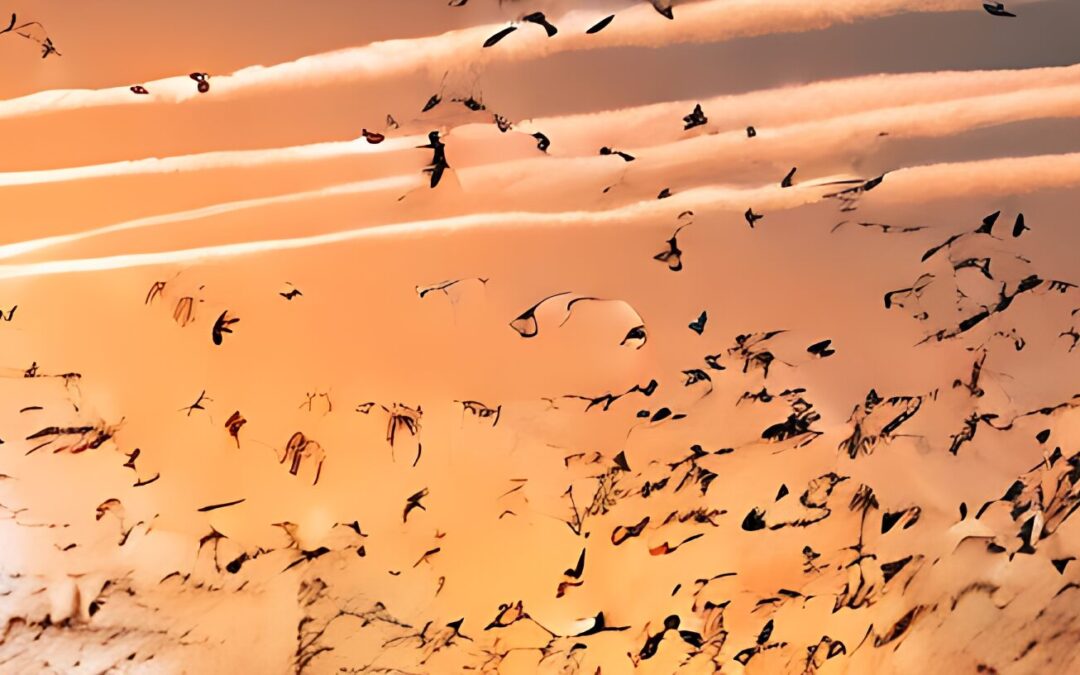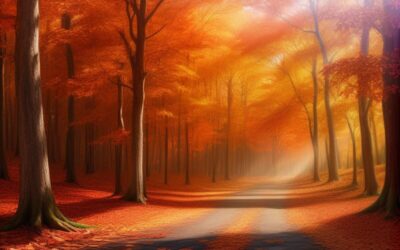As we pass by the unofficial end of summer and the weather hits its final heatwave, we start to slow down and transition into fall. Not only does fall mean that we get to bust out our favorite sweaters and jackets, but bird populations begin their migration South toward Mexico and Central America. On their migration, bird populations rest in the San Francisco Bay, the largest freshwater estuary in North America. Dozens of unique species can be spotted with a keen eye as birds take advantage of this perfect climate while resting on their great journey south.
One of the largest birds spotted during this migration is the raptors – hawks, eagles, ospreys, falcons, and vultures. These big birds generally take the shortest crossing across the Bay but can still be spotted fishing near harbors. Ospreys can be seen by the dozen diving for their meals, hitting the water up to 50 miles per hour to catch their meals. Other raptors can be spotted at the aptly named Hawk Hill in Marin, where up to 1,000 a day can be spotted overhead making the cross.
Our smaller friends, such as the warbler, vireo, and flycatchers, can be spotted resting on the Golden Gate Bridge and Golden Gate Park. These birds tend to be nocturnal flyers, meaning parks and more densely forested areas are filled at night with bird songs and bright colors contrasting the dark cypress and redwoods. These smaller birds are already abundant in the Bay Area, as they have likely made a home in our backyards and a comfortable distance from our birdfeeders. However, their songs will be much louder for the next month as populations from farther north join in for a short while.
Birds large, small, and everywhere in between have been using the Bay Area as a resting place during their migration for thousands of years, but what makes us so special? The largest factor is the sheer size of our watershed, spanning 60,000 square miles from the Sierra Nevada to the Golden Gate Bridge. These watersheds are also home to fish nurseries and calmer waters, making it a perfect estuary for birds. The size and health of the estuary make it ideal, and the location of the Bay Area acts as the perfect medium between colder temperatures up north and hot weather further south.
More Helpful Articles
Fall Back!
It's that time again! Daylight Savings Time ends this weekend, which means the Bay Area will “fall back” an hour. Sunrise will go from about 7:30 a.m. on Saturday to 6:30 a.m. on Sunday, and sunset will begin an hour earlier than usual. Though many believe that...
Trick or Treat?
BOO! Halloween festivities are back this week as the 31st rolls around this Tuesday! So, it's time to finalize the costumes and prepare for the evening events to follow. Modern Halloween, or All Hallows’ Eve, developed from the ancient Celtic ritual of Samhain, which...
Fall Leaf Changes
It’s time to start pulling out our layers and admiring the fall weather. Of course, fall means more than wearing our favorite sweaters and eating pumpkin pie. It’s time for the Bay Area’s trees to shed their leaves, and we can witness their different colors before...






Recent Comments